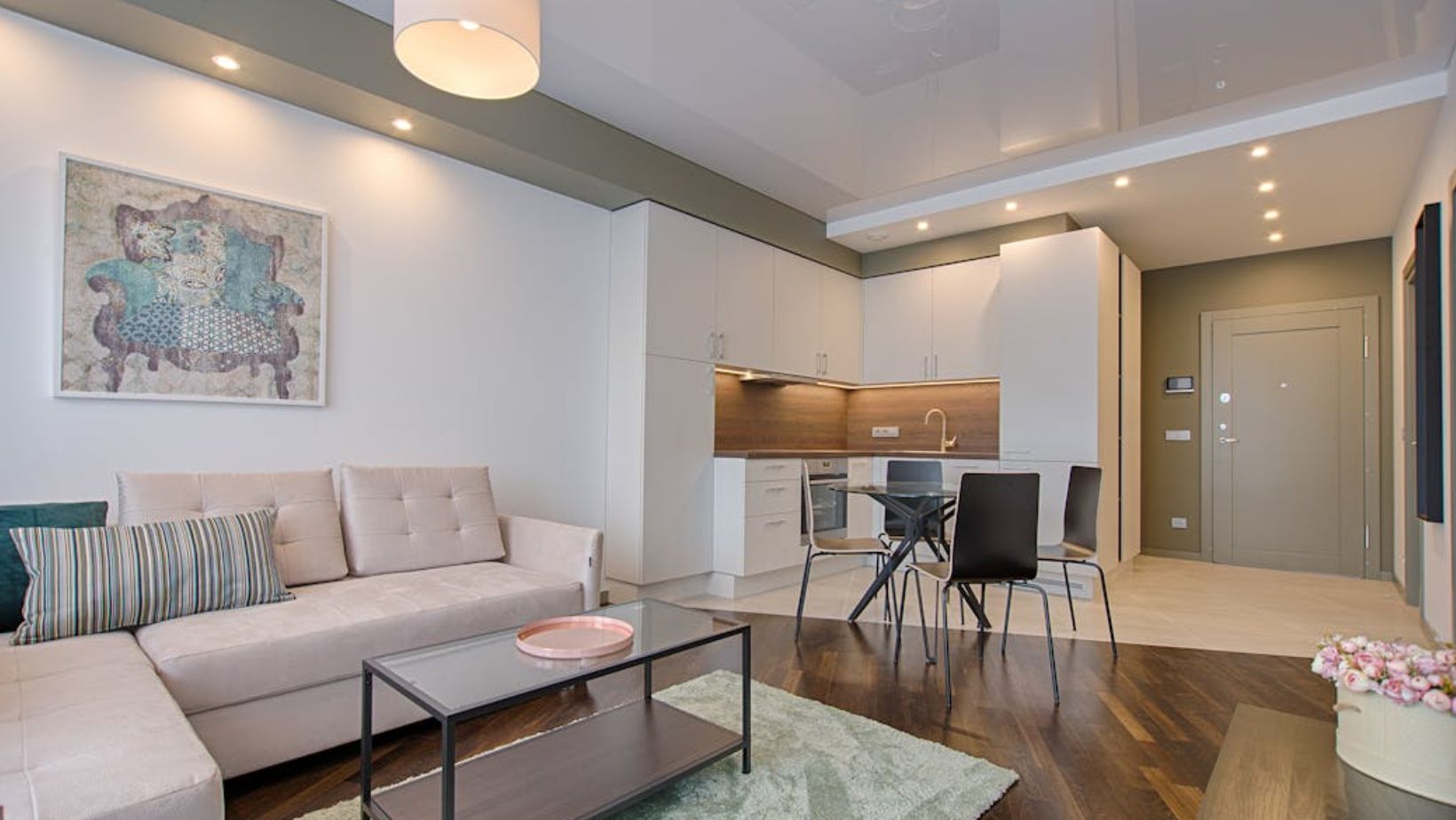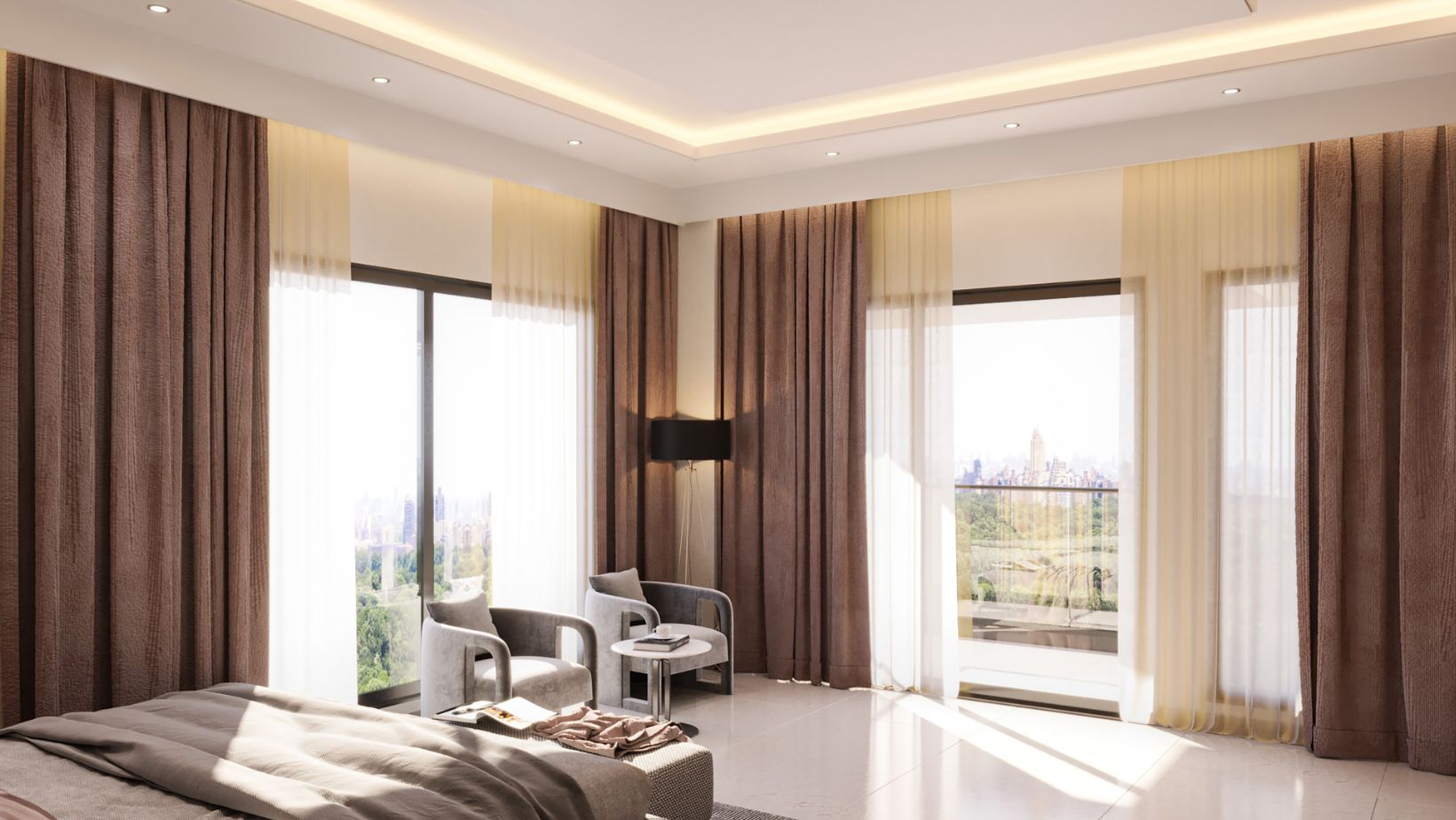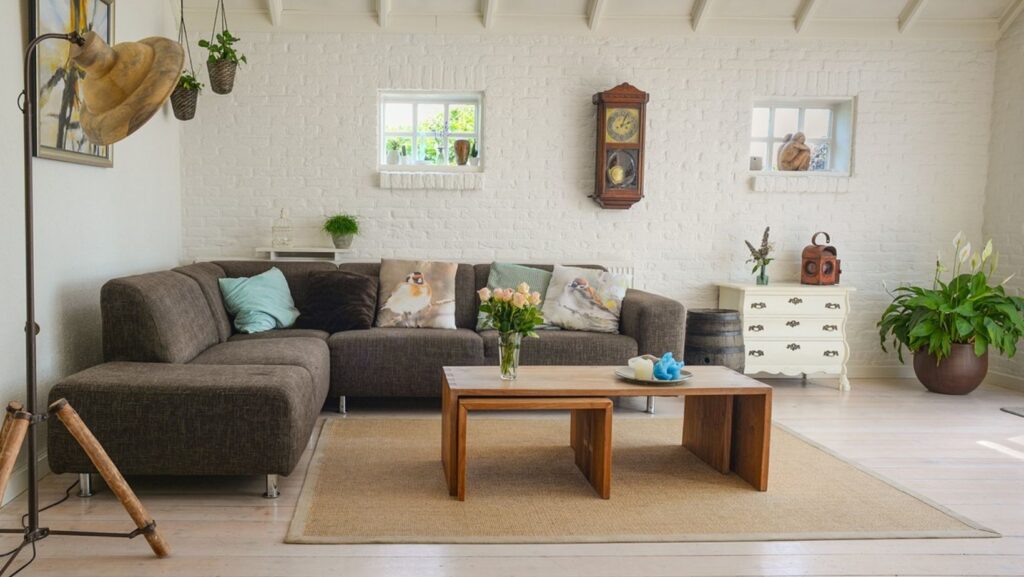Choosing the right furniture for your space isn’t just about picking pieces that look good. The furniture you select affects comfort, functionality, and even the perception of space in your home. A poor choice can make a room feel cramped or impractical, while the right pieces can enhance your lifestyle. You need to consider size, style, material, and purpose before making a purchase. Whether you’re furnishing a small apartment, a large home, or even an office, understanding what works best for your specific needs ensures that your space remains both stylish and practical.
Choose a Cohesive Style
Your furniture should complement your home’s overall aesthetic. Mixing too many different styles can make a space feel chaotic. If you prefer a modern look, opt for sleek lines and neutral colors. For a more traditional feel, choose classic wood finishes and ornate detailing. Industrial spaces benefit from metal and wood combinations, while minimalist designs require clean, uncluttered pieces. Look for statement pieces like a marble console table that can tie your decor together while adding a touch of elegance to your space. Creating a cohesive look makes your home feel intentional and visually appealing.
Measure Your Space Accurately
Before you even think about styles and colors, measure your space. Many people make the mistake of buying furniture that’s too big or too small for their room, leading to frustration and wasted money. Take precise measurements of your room, including the length, width, and height of walls. Consider architectural features like windows, doors, and built-in fixtures that could affect furniture placement. Use painter’s tape to outline potential furniture dimensions on the floor so you can visualize how the pieces will fit. If your space is small, opt for multifunctional furniture to maximize usability without overcrowding the room.
Consider the Functionality of Each Piece
Furniture should serve a purpose beyond aesthetics. Before purchasing, ask yourself how you will use each piece. A living room sofa should be comfortable and durable enough for daily use, while a dining table should fit your household size and entertaining needs. In a small home, multifunctional furniture – such as a bed with storage drawers or a coffee table that doubles as a workspace – can make a significant difference. If you’re furnishing a home office, invest in an ergonomic chair and desk to support long hours of work. Prioritizing function ensures that your furniture enhances, rather than hinders, your daily activities.
- Opt for versatility in smaller spaces: In compact living areas, multifunctional furniture maximizes the available space. For example, a sofa that transforms into a bed can be a lifesaver in a studio apartment, offering both comfort and functionality without taking up extra room.
- Prioritize comfort in everyday-use pieces: Key furniture like sofas, chairs, and beds should not only look good but feel comfortable. Choose a sofa with durable fabric and cushions that suit your seating preferences, whether you like soft, plush seating or firmer support.
- Think about storage solutions: Furniture with built-in storage options helps keep your space organized. Storage beds, coffee tables with hidden compartments, and ottomans that double as storage can help you reduce clutter without sacrificing style.
Select the Right Materials for Durability
Not all furniture materials are created equal. If you have kids or pets, avoid delicate fabrics like silk or suede that stain easily. Leather and microfiber are durable options for sofas and chairs. For wooden furniture, consider hardwoods like oak, walnut, or mahogany for longevity, rather than softer woods like pine, which scratch easily.

If you’re on a budget, high-quality engineered wood or metal frames can provide durability without the high cost. When selecting outdoor furniture, choose weather-resistant materials like teak, aluminum, or resin wicker to withstand the elements. Picking the right materials ensures your furniture lasts longer and maintains its appearance over time.
Pay Attention to Scale and Proportion
A common mistake is choosing furniture that doesn’t fit the scale of your room. Oversized furniture in a small room can make the space feel cramped, while undersized furniture in a large space can look lost and unbalanced. Pay attention to proportion – if you have high ceilings, opt for taller furniture to fill the vertical space. For low ceilings, choose pieces with a lower profile to avoid overwhelming the room. When arranging furniture, balance large pieces with smaller accents, like pairing a sectional sofa with a big rug which you can easily shop for online. Proper scale and proportion create a harmonious, well-balanced look.
Invest in Quality Over Quantity
It’s tempting to fill your space with cheap furniture to save money, but low-quality pieces often don’t last. Investing in well-made furniture pays off in the long run. Look for solid construction, such as dovetail joints in drawers, sturdy legs, and high-quality upholstery. Check for durability by testing furniture in-store – sit on chairs, open drawers, and inspect seams. If your budget is tight, prioritize key pieces like a quality sofa, a sturdy dining table, or a supportive mattress. You can always add smaller, budget-friendly pieces over time. Quality furniture not only lasts longer but also adds a refined touch to your space.
Consider Storage Needs
Clutter can make even the most beautifully furnished space feel messy and disorganized. Choosing furniture with built-in storage helps maintain a clean and functional environment. Beds with under-bed storage, ottomans with hidden compartments, and bookshelves with cabinets allow you to store essentials without sacrificing aesthetics.

In small apartments, space-saving solutions like wall-mounted desks or nesting tables help keep things organized. Even in larger homes, storage furniture ensures that everything has a place, reducing visual clutter and making your space feel more inviting. Prioritizing storage-friendly pieces keeps your home functional and easy to maintain.
Test Comfort Before You Purchase
Furniture isn’t just for looking at – you’ll be using it every day. Testing for comfort is essential before making a purchase. Sit on sofas and chairs to see if they provide enough support. Lie down on mattresses to determine the right firmness level for your sleeping needs. If you’re buying online, check customer reviews for insights into comfort and durability. When it comes to workspaces, ergonomic chairs and desks help prevent strain and discomfort. No matter how stylish a piece is, if it’s uncomfortable, it’s not worth the investment. Prioritizing comfort ensures that your furniture enhances your daily life.
Image source: https://www.pexels.com/photo/interior-design-of-home-1643383/
Choosing the right furniture requires careful planning, from measuring your space to selecting the right materials, style, and function. Prioritizing comfort, durability, and storage ensures that your furniture not only looks good but also serves your needs effectively. Avoid common mistakes like choosing pieces that are too large or poorly made, and invest in quality over quantity. Whether you’re furnishing a small apartment or a large home, thoughtful furniture selection can transform your space into a stylish, functional, and comfortable environment.

